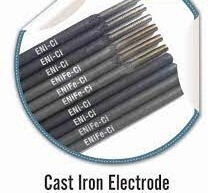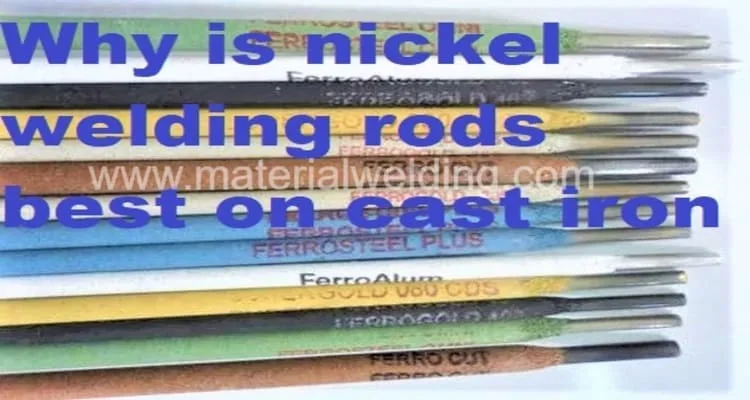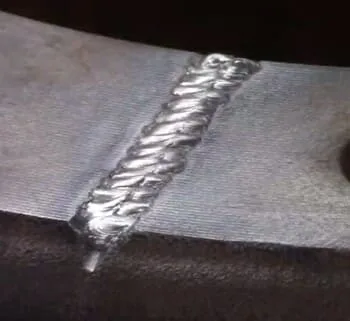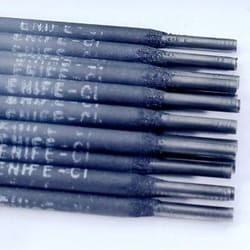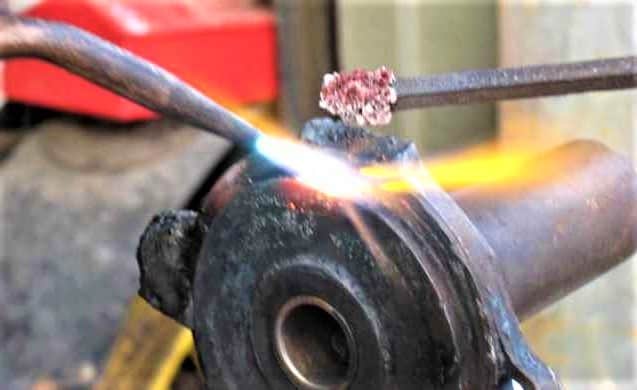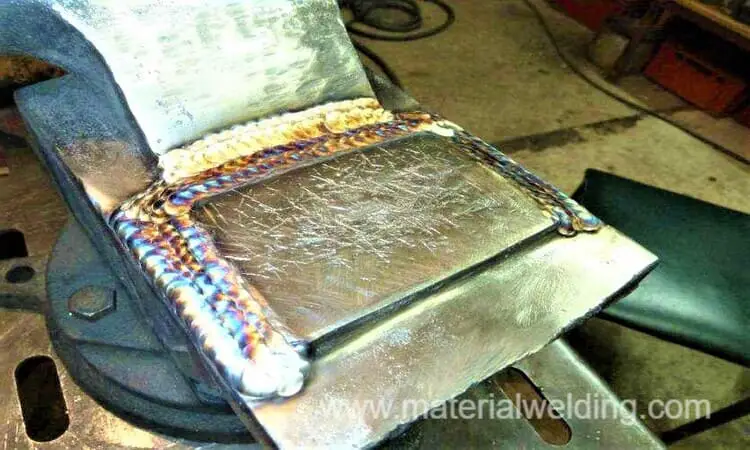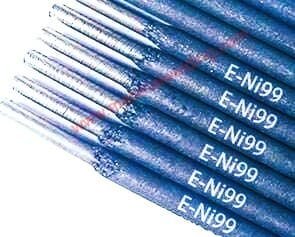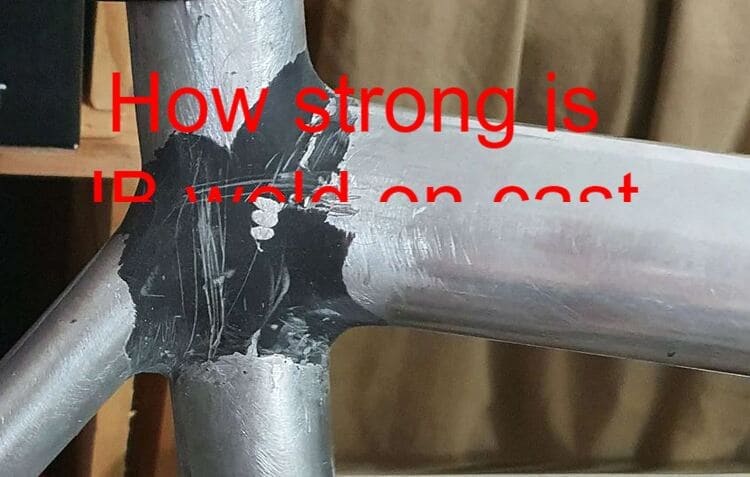How to weld cast steel
Welding cast steel can be a tricky process. Cast steel is similar to carbon steel, but it’s in casting form which means that it has different welding requirements than traditional carbon steel.
While cast steel does have good weldability, care must be taken in order to ensure that the welding process is successful and that the weld joint will meet all strength and safety requirements.
In this article, we will discuss what steps should be taken when welding cast steel and provide tips on how to get the best results while avoiding potential pitfalls.
First let us understand what is Cast Steel and its different commonly used grades.
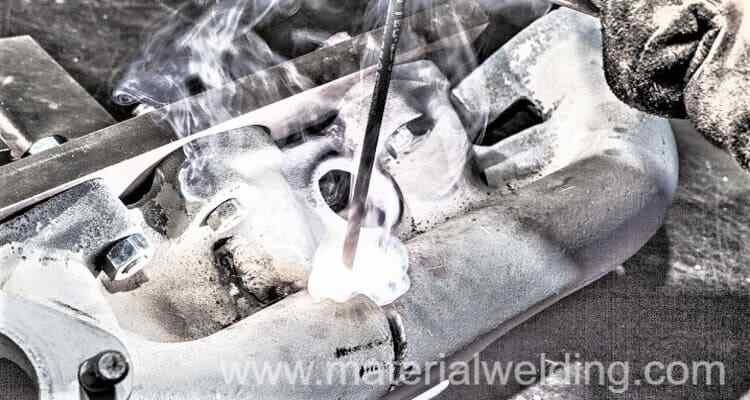
What is Cast Steel?
Steel casting is steel that is cast into molds. The same steel groups are used for steel casting as for rolled and forged steel.
The advantageous properties of steel as a material are used and at the same time the casting advantages in component geometry and shaping.
Properties of cast steel
The mechanical properties of steel are superior to those of cast iron. For this purpose, steel is plastically deformable, weldable and stainless steels can also be produced.
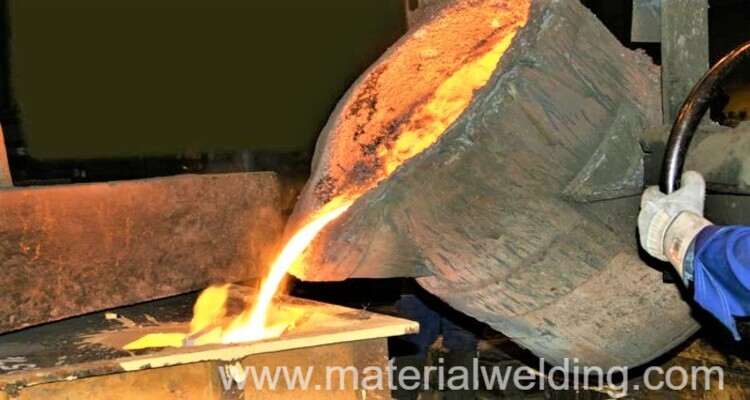
As can be seen from the iron-carbon diagram, higher temperatures are required to melt steel compared to cast iron (remember: steel is present at carbon contents below 2.06%).
Depending on the chemical composition, steel only melts from approx. 1400°C and more.
This is one of the disadvantages of steel casting, as it requires higher demands on the technology (furnace cladding, crucibles, casting tools, moulds, etc.) compared to casting or cast iron.
Steel castings must be subjected to subsequent heat treatment because they are brittle, coarse-grained and dendritic when cast.
Suitable heat treatments for steel casting are, for example, normal annealing, quenching and tempering, soft annealing and stress relief annealing.
Another casting disadvantage of steel casting is the comparatively large shrinkage, which at 2% is about twice as large as gray cast iron. As a result, light cavities (= cavities within castings) occur in steel castings.
Cast Steel Welding Electrodes & Filler Wires
Cast steel can be welded with stick welding, TIG welding and MIG Welding.
Following are best welding rods for Cast Steel Welding.
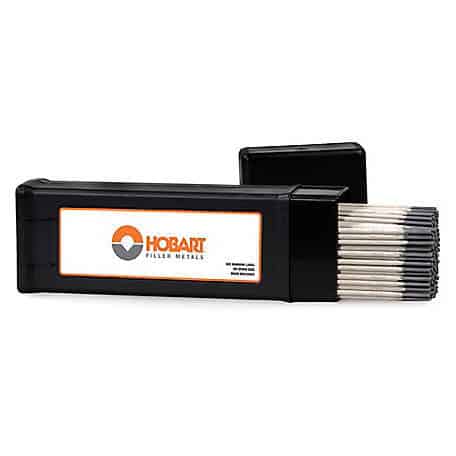 | Hobart 7018 Stick, 1/8-10lbs |
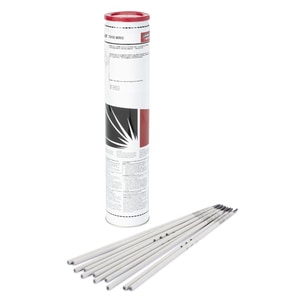 | Lincoln E7018 Stick Electrode, 1/8 in. dia |
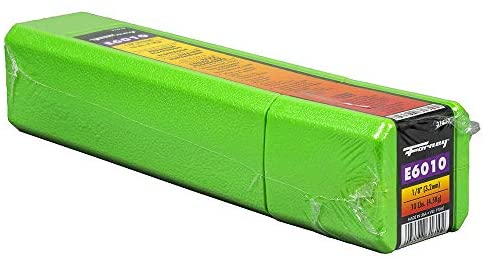 | Forney E7018 Welding Rod, 5/32-Inch |
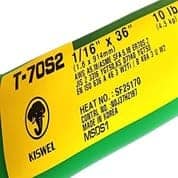 | ER70S-2 TIG wire |
Cast Steel Grades
common ASTM grades for cast steel include:
- ASTM A27: This standard covers carbon steel castings for general application. It includes grades such as ASTM A27 Grade 60-30, 65-30, which is a low-carbon steel with good ductility and toughness.
Read more: Welding Guide for ASTM A27 Cast stee welding.
- ASTM A148: This standard covers high-strength alloy steel castings for structural purposes. It includes grades such as ASTM A148 Grade 90-60, which is a high-strength alloy steel with good ductility and toughness.
- ASTM A487: This standard covers alloy steel castings for pressure-containing parts. It includes grades such as ASTM A487 Grade 4A, which is an alloy steel with good corrosion resistance and high strength.
- ASTM A743 and A744: This standard covers castings made of high-strength chromium-nickel-molybdenum and chromium-molybdenum-nickel stainless steels.
- ASTM A995: This standard covers steel castings, martensitic stainless and alloy, for pressure-containing parts.
Stick Welding Cast Steel
Stick welding cast steel is a popular welding process used for cast steel welding. Stick welding cast steel requires the right welding rod and welder to make a good quality weld.
Most common cast steel welding rods are E6013, E7015 and E7018. For low alloy cast steel, welding rod depends on the type of cast steel i.e., Cr-Mo, or Nickel base or stainless steel cast steel.
Welding is generally easy but Preheating the cast steel before welding can help to reduce cracking and warping.
Using a low-hydrogen electrode and keeping the weld pool small can also help to prevent cracking (if you face issue of cracking in cast steel welding).
Careful attention should also be paid to joint preparation techniques such as sandblasting or grinding away any contaminants on the surface of the material prior to welding.
Read more: How to weld Cast Aluminum.
TIG Welding Cast Steel
TIG welding is an ideal way to weld cast steel, as it offers a reliable and precise method of joining together two pieces of metal.
The most commonly used TIG welding rod for Cast Steel welding are:
This process of welding involves the use of a non-consumable tungsten electrode that heats up the metal pieces until they become molten, allowing them to fuse together.
A shielding gas (Pure argon) is also employed during TIG welding to prevent oxidation of the weld.
MIG Welding Cast Steel
When MIG welding cast steel, it is important to understand the process parameters in order to achieve successful results.
Use ER70S-6 filler wire for cast steel welding with MIG welding. 75-25 Welding Gas is required for gas shielding when welding cast steel with MIG welding.
Preheating shall be used when welding thick cast steel. Use this Welding Preheat Calculator to find out the preheat temperature for cast steel based on its metallurgy.
Flux cored arc welding of Cast Steel
Flux cored arc welding (FCAW) is a highly efficient method for welding cast steels and other metals.
The E71T-1C cored wire is most commonly used to weld cast steel using FCAW. This type of wire requires pure carbon dioxide (CO2) as its shielding gas in order to protect against oxidation.
When using E71T-1C cored wire with pure CO2 for gas shielding when welding cast steel, it is important to properly prepare the joint before welding begins.
This includes grinding off any oxide layers on the surface of the metal and inspecting for any defects or cracks in the material.
The E71T-1C cored wire is suitable for use on cast steel components that require good tensile strength, ductility and excellent impact toughness at temperatures below -20°C.
Welding Procedure for Cast Steel Welding
- Thoroughly clean base metal or cracks and remove oil and rust.
- Make a weld preparation for weld joint and thoroughly clean (grind).
- Avoid sharp corners and edges.
- Remove cast skin in the seam area.
- start welding with the smallest possible diameter.
- when welding cracks, drill stop holes at the cracking ends.
- Welding cracks from the middle of the crack to the outside.
- allow the welded workpiece to cool slowly.
- Remove slag residues.
How to weld cast steel to Mild Steel
Below information provides help on how to weld cast steel to mild steel using Stick welding or TIG or MIG Welding.
First, it is important to ensure that all surfaces are clean and free from any rust or corrosion prior to welding, as these impurities will cause weak spots in the welded joint.
Next, choose your desired welding method: either stick (E7018), TIG (ER70S-6) or MIG (ER70S-6). Alternatively, you can also use E7015 or ER70S-2 welding wire rods.
Preheating is generally not required for mild steel and cast steel of low thickness (less than 1-inch). For higher thickness, a welding preheat temperature of minimum 100-degree Fahrenheit is recommended.
Welding Cast Steel with 7018 Rod
7018 rod is an ideal choice for welding cast steel because its low-hydrogen content helps reduce the risk of hydrogen embrittlement and cracking, which is important when welding any type of steel.
It’s also considered an all-position electrode, meaning it can be used in both vertical and flat positions, making it very versatile for many applications.
Before beginning to weld with 7018 rod, make sure your equipment is properly set up and functioning correctly.
Use only properly baked welding rods for welding applications. Weld using multipass welds for good fusion and low hardness.
Advantages of cast steel
- Good machinability: Cast steel is relatively easy to machine and shape, making it suitable for applications that require precision.
- High strength and durability: Cast steel has a high tensile strength and can withstand high loads and impacts without deforming or breaking.
- Good machinability: Cast steel is relatively easy to machine and shape, making it suitable for applications that require precision.
- Cost-effective: Cast steel is relatively inexpensive to produce and is often a cost-effective alternative to other materials.
- Castable and at the same time good mechanical properties.
- Wide variety of materials.
- diverse application possibilities (component size, wall thickness, mech. Properties, etc.)
- Strength properties adjustable by heat treatment.
Disadvantages of cast steel
Cast steel also has some disadvantages, which include:
- Low ductility: Cast steel has low ductility, which means it is less flexible and can crack or break under stress.
- Porosity and Inclusions: Cast steel may contain porosity and inclusions which can weaken the mechanical properties of the material, and can also cause cracking or warping during the welding process.
- demands on technology.
- Poorer mold filling capacity.
- Relatively high shrinkage during solidification (approx. 2%).
